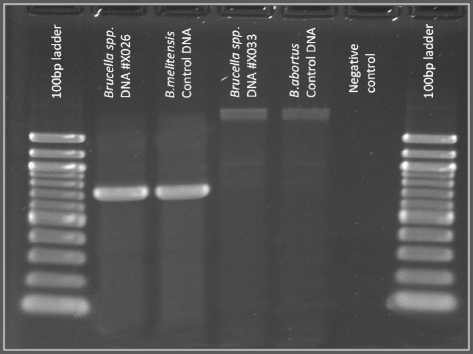Expansion of brucellosis detection in the country of Georgia by screening household members of cases and neighboring community members
- PMID: 25934639
- PMCID: PMC4432945
- DOI: 10.1186/s12889-015-1761-y
Expansion of brucellosis detection in the country of Georgia by screening household members of cases and neighboring community members
Abstract
Background: Brucellosis is considered as endemic zoonotic disease in the country of Georgia. However, the burden of the disease on a household level is not known. Therefore, this study sought to determine the benefits of active surveillance coupled to serological screening for the early detection of brucellosis among close contacts of brucellosis cases.
Methods: We used an active surveillance approach to estimate the rate of seropositivity among household family members and neighboring community members of brucellosis index cases. All participants were screened using the serum tube agglutination test (SAT). Blood cultures were performed, obtained isolates were identified by a bacteriological algorithm, and confirmed as Brucella spp. using real-time PCR. Further confirmation of Brucella species was done using the AMOS PCR assay.
Results: A total of 141 participants enrolled. Of these, 27 were brucellosis index cases, 86 were household family members, and 28 were neighboring community members. The serological evidence of brucellosis in the household member group was 7% and the rate at the household level was 21%. No screened community members were Brucella seropositive. Majority of brucellosis cases were caused by B. melitensis; only one index case was linked to B. abortus.
Conclusion: We found evidence of brucellosis infection among household family members of brucellosis index cases. B. melitensis was the most common species obtained. Findings of this active surveillance study highlight the importance of screening household family members of brucellosis cases and of the use of culture methods to identify Brucella species in the country of Georgia.
Figures
References
Publication types
MeSH terms
LinkOut - more resources
Full Text Sources
Other Literature Sources
Medical
Research Materials
Miscellaneous


